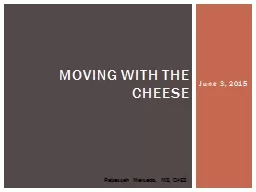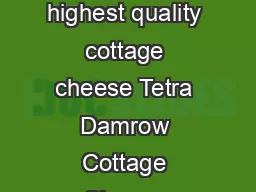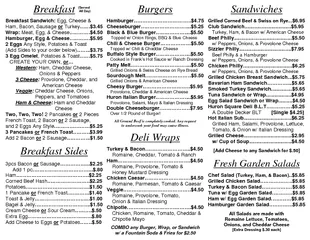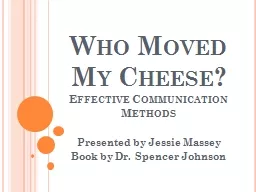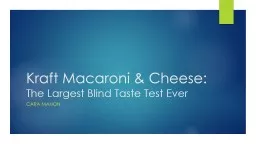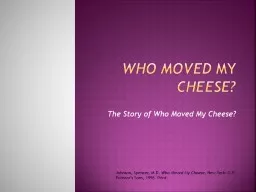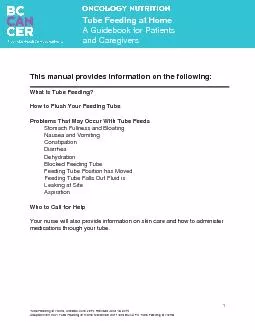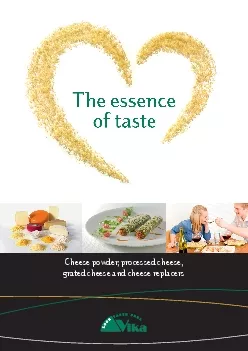PPT-June 3, 2015 Moving with the Cheese
Author : lois-ondreau | Published Date : 2018-10-04
Rebeccah Mercado MS CHES Aging is hard to study Many factors involved Not sure why we die incrementally Only have probabilities certainty is a mirage Planned
Presentation Embed Code
Download Presentation
Download Presentation The PPT/PDF document "June 3, 2015 Moving with the Cheese" is the property of its rightful owner. Permission is granted to download and print the materials on this website for personal, non-commercial use only, and to display it on your personal computer provided you do not modify the materials and that you retain all copyright notices contained in the materials. By downloading content from our website, you accept the terms of this agreement.
June 3, 2015 Moving with the Cheese: Transcript
Download Rules Of Document
"June 3, 2015 Moving with the Cheese"The content belongs to its owner. You may download and print it for personal use, without modification, and keep all copyright notices. By downloading, you agree to these terms.
Related Documents

